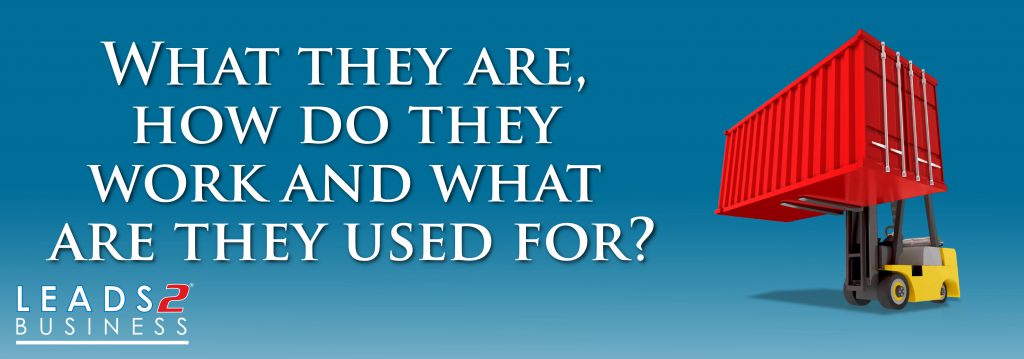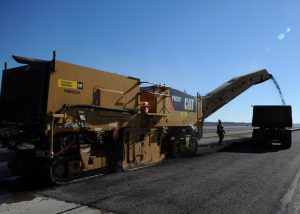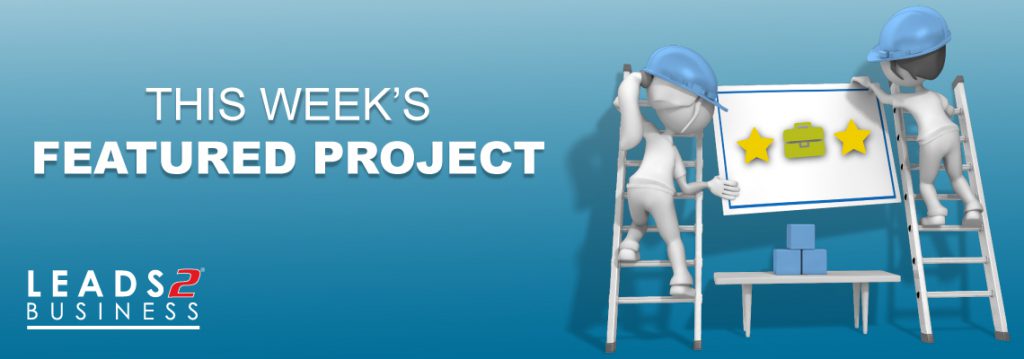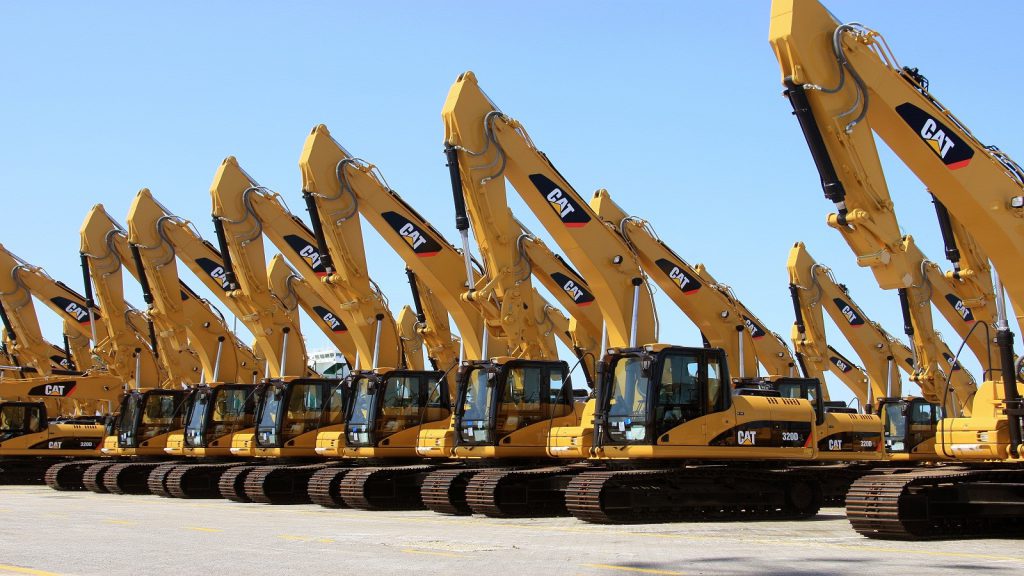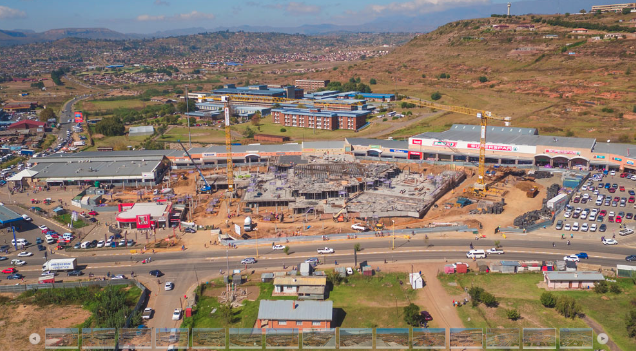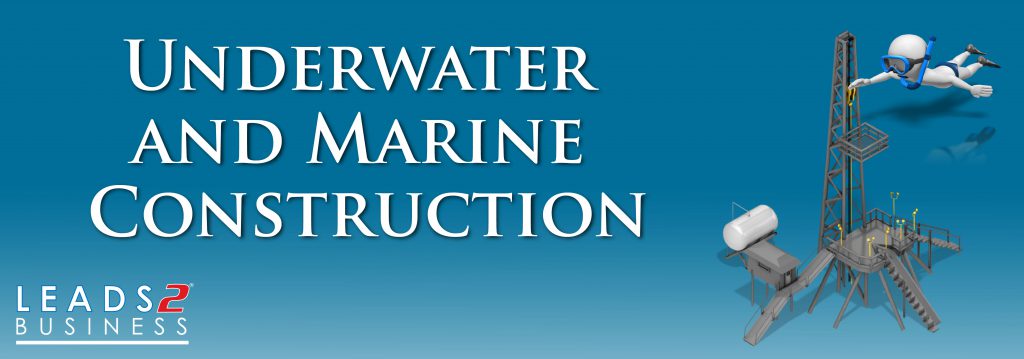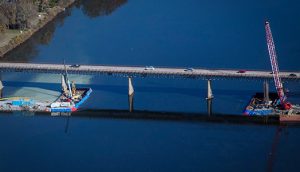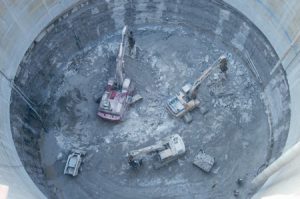11 Largest Metro Systems In The World
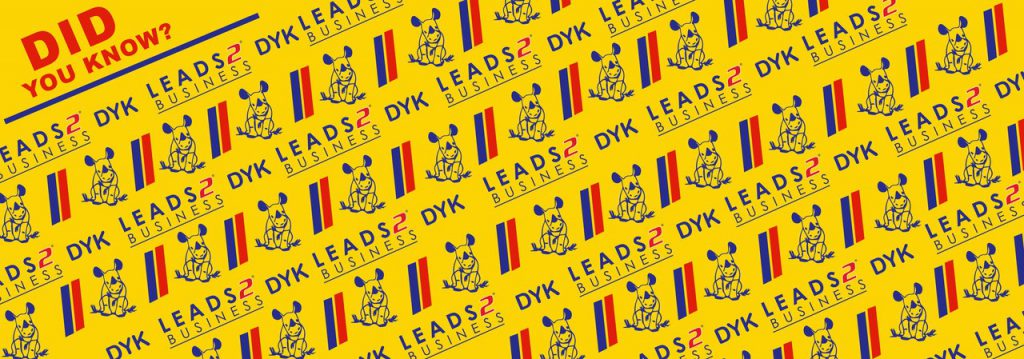
There are over 165 distinct systems that can be referred as metro system, subway systems or underground systems. Their size can be measured by a number of factors – number of users, total length of rails or number of stations. The below being some of the world’s largest metro systems:
1. New York City Subway, NYC, United States
• Total Stations: 472 stations – (424 if stations connected by transfers are counted as single stations) of stations.
• Total Length: The NYC subway has a total length of 373 km (232mi) – 4th in the world. Overall, the system contains 236 miles (380 km) of routes, translating into 665 miles (1,070 km) of revenue track; and a total of 850 miles (1,370 km) including non-revenue trackage.
• Interesting Facts: Opened in 1904, the New York City Subway is one of the world’s oldest (8th oldest to be exact), public transit systems, one of the world’s most used metro systems, and the metro system with the most stations.
• Users: 1.7 billion riders every year
2. Paris Métro, Paris, France
• Total Stations: 303 stations (62 of which have transfers between lines)
• Total Length: It’s 303 stations spread over 214 km (133 mi). The Métro has 214 kilometres (133 mi) of track and 303 stations, 62 connecting between lines, not including the RER network.
• Interesting Facts: The Paris Métro opened in 1900 making it the 5th oldest metro system in the world. The system expanded quickly until the First World War and the core was complete by the 1920s.
• Users: Over 1.5 billion riders every year
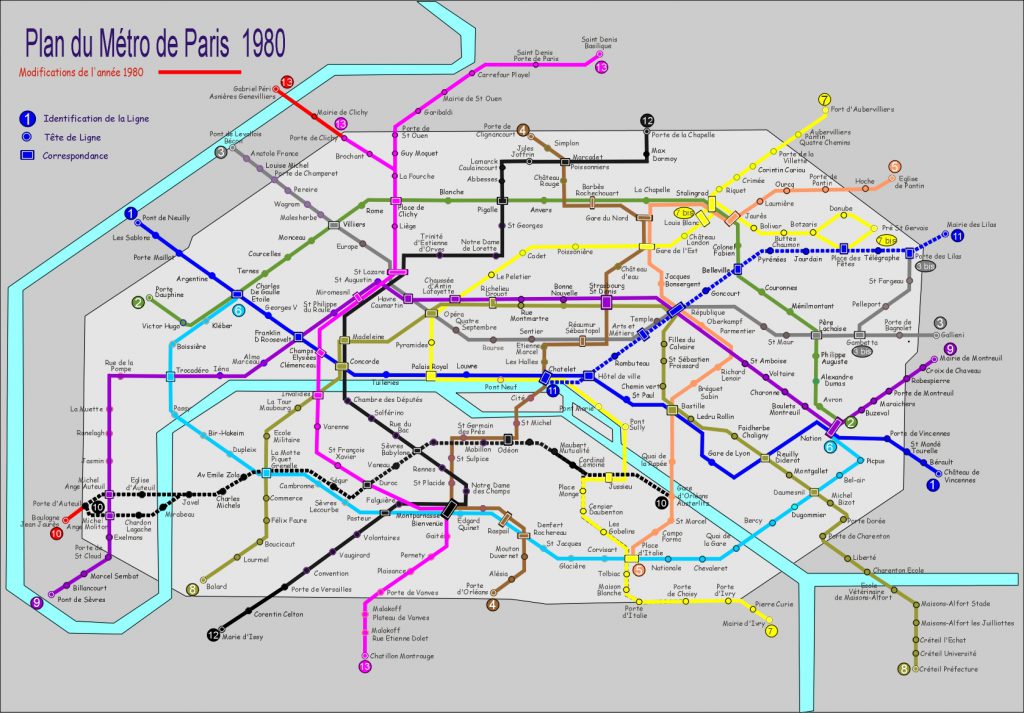
3. Madrid Metro, Madrid, Spain
• Total Stations: 300 stations
• Total Length: With almost the same number of stations as Paris and even a larger total length – 293 km (182 mi). But on top of that is another 386 kilometers of suburban rail services.
• Interesting Facts: The Madrid Metro was first opened in 1919. The Madrid Metro has 1,698 escalators, the most of any system in the world and has 522 elevators. The underground stations are so huge that they can hold public events, such as the three-day fitness festival in May 2011, which attracted 2,600 visitors. One station contains a 200-square-meter archaeological museum.
• Users: 500 million riders every year – least number of riders between all the metro systems listed
4. Seoul Subway, Seoul, South Korea
• Total Stations: 296 stations
• Total Length: It has total length of 327.0 km (203.2 mi)
• Interesting Facts: TheSeoul Subway opened much later than the previous systems – in 1974. Seoul’s metro system has TV’s, heated seats, cell phone service and are climate controlled. Its first metro line, Line 1, started construction in 1971 and opened in 1974, with through-operation to Korail suburban railways. Today, the network is one of the largest and most efficient urban railway systems in the world, with 331.5 km (206.0 mi) of track on lines 1–9 alone; wireless and internet service on all trains; and platform screen doors at the majority of stations. It also has real-time train information at every station.
• Users: Second largest number of riders of over 2.5 billion every year
5. London Underground (“The Tube”), London, England
• Total Stations: 270 stations
• Total Length: It is the third longest system with 400 km (250 mi).
• Interesting Facts: The famous London Tube first opened as an “underground railway” in 1863, but the first electric line opened in 1890 making it the world’s very first metro system. The Travelcard ticket was introduced in 1983 and Oyster, a contactless ticketing system, in 2003. Contactless card payments were introduced in 2014, the first public transport system in the world to do so. The system’s first tunnels were built just below the surface, using the cut-and-cover method; later, smaller, roughly circular tunnels which gave rise to its nickname, the Tube were dug through at a deeper level. Despite its name, only 45% of the system is actually underground in tunnels, with much of the network in the outer environs of London being on the surface.
• Users: More than 1.2 billion every year

6. Shanghai Metro, Shanghai, China
• Total Stations: 393 stations
• Total Length: 644 km (400 mi)
• Interesting Facts: Considering it only opened in 1993, with full-scale construction extending back to 1986 (Shanghai Metro). Shanghai Metro is also one of the busiest systems in the world. On 16 October 2013, with the extension of Line 11 into Kunshan in Jiangsu province, Shanghai Metro became the first rapid transit system in China to provide cross-provincial service and the second intercity metro after the Guangfo Metro. Further plans to connect the Shanghai Metro with the metro systems of Suzhou are under active review, with the first line connecting Shanghai Metro Line 11 and Suzhou Metro Line 3 projected to be completed in 2023. Ambitious expansion plans call for 25 lines with over 1,000 km of length by 2025. By then, every location in the central area of Shanghai will be within 600 meters of a subway station.
• Users: Over 3.53 billion every year
7. Beijing Subway, Beijing, China
• Total Stations: 370 stations
• Length: 608.2 km (377.9 mi) [If not counting Xijiao Line, 599.4 km (372.4 mi)]
• Interesting Facts: The Beijing Subway opened in 1969 and is the oldest metro system in mainland China. Before the system underwent rapid expansion since 2002, it only consisted of only two lines. The existing network still cannot adequately meet the city’s mass transit needs. Beijing Subway’s extensive expansion plans call for 999 km (621 mi) of lines serving a projected 18.5 million trips every day by 2021. The most recent expansion, which included a one stop extension of Fangshan Line and the opening of Xijiao Line, S1 Line and Yanfang Line came into effect on December 30, 2017. There are currently over 300 km of subway under construction in Beijing, including six new fully automated lines totaling up to 300 km (190 mi) in length using domestically developed communications-based train control systems. This could potentially create the longest fully automated subway network in the world.
• Users: Beijing Subway is the busiest metro system in the world with over 3.2 billion users every year

8. Mexico City Metro, Mexico City, Mexico
• Total Stations: 195 stations
• Total Length: spread over 226.5 km (140.7mi)
• Interesting facts: The first stage of construction (1967–1972) comprised the construction and inauguration of lines 1, 2 and 3. Ten of the lines are rubber-tyred; instead of traditional steel wheels, they use pneumatic traction, which are quieter and cope better with Mexico City’s unstable soils. The system survived the 1985 Mexico City earthquake. Many stations are named for historical figures, places, or events in Mexican history. The Metro has figured in Mexico’s cultural history, as the inspiration for a musical composition for strings, “Metro Chabacano” and the 1982 Rodrigo “Rockdrigo” González’s 1982 song, “Metro Balderas.” It has also been a site for the 1990 Hollywood movie Total Recall. During the first stage of construction, workers uncovered two archaeological ruins, one Aztec idol, and the bones of a mammoth.
• Users: 1.6 billion riders every year.
9. Delhi Metro, Delhi, India
• Total Stations: 214 Stations (including 6 on Airport Express line and interchange stations).
• Total Length: 296.1 kilometres (184.0 mi)
• Interesting Facts: The system has a mix of underground, at-grade, and elevated stations using both broad-gauge and standard-gauge. The Delhi Metro Rail Corporation was certified by the United Nations in 2011 as the first metro rail and rail-based system in the world to get “carbon credits for reducing greenhouse gas emissions” and helping in reducing pollution levels in the city.
• Users: 1.0 billion riders every year
10. Moscow Metro, Moscow, Russia
• Total Stations: 214 stations
• Total Length: 364.9 km (226.7 mi)
• Interesting Facts: The Moscow metro system opened in 1935 with one 11-kilometre (6.8 mi) line and 13 stations, it was the first underground railway system in the Soviet Union. As of 2018, the Moscow Metro excluding the Moscow Central Circle and Moscow Monorail has 214 stations and its route length is 364.9 km (226.7 mi), making it the sixth longest in the world. The Moscow metro is not just another metro system. The stations are known as “Underground palaces”. The beautiful underground structures are designed with care: with pictures on the walls, chandeliers hanging from the ceilings and more. The stations of the Moscow Metro are a major tourist attraction on their own. Some of the most beautiful stations are Komsomolskaya Metro Station, Kievskaya Metro Station, Prospekt Mira Metro Station, Park Pobedy Metro Station, Novoslobodskaya Metro Station, Mayakovskaya Metro station. The system is mostly underground, with the deepest section 84 metres (276 ft) underground at the Park Pobedy station, one of the world’s deepest.
• Users: Almost 2.5 billion people every year.
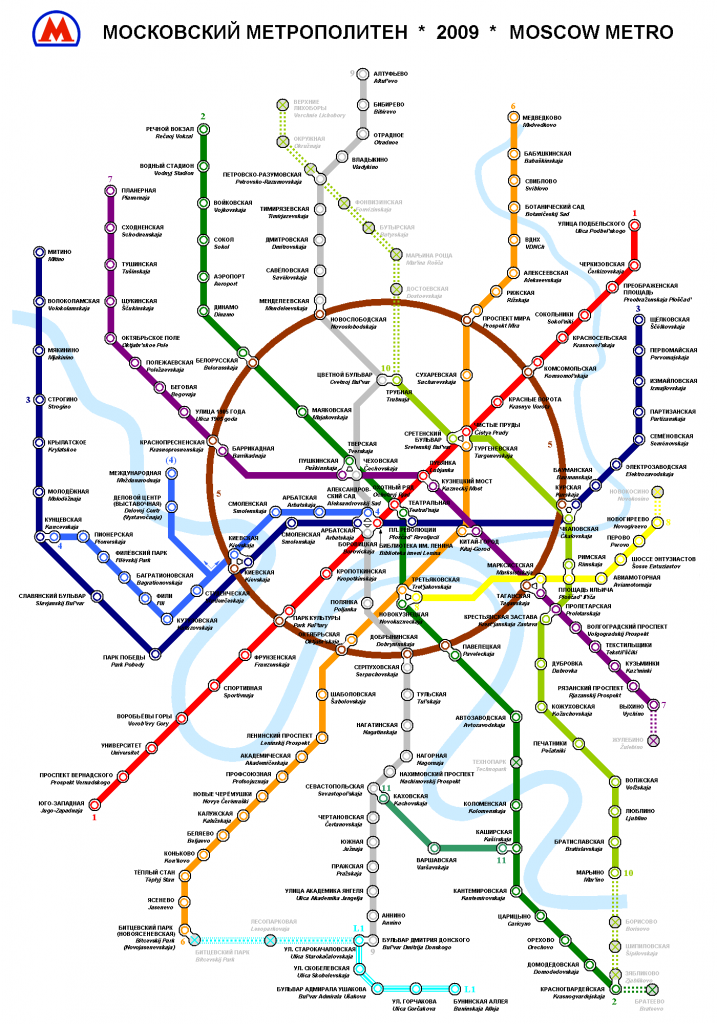
11. Tokyo Metro, Tokyo, Japan
• Total Stations: 179 stations
• Total Length: 195.1km (121.2mi) excluding the 8.3 km stretch between Wakoshi and Kotake-mukaihara shared with Yurakucho Line
• Interesting Facts: Tokyo Metro is operated by Tokyo Metro Co., Ltd., a private company jointly owned by the Japanese government and the Tokyo metropolitan government. The company replaced the Teito Rapid Transit Authority commonly known as Eidan or TRTA, on April 1, 2004. TRTA was administered by the Ministry of Land, Infrastructure and Transport, and jointly funded by the national and metropolitan governments. It was formed in 1941, although its oldest lines date back to 1927 with the opening of the Tokyo Underground Railway the same year. According to the company, an average of 6.33 million people used the company’s nine subway routes each day in 2009, making the company a profit of ¥63.5 billion for that year.
• Users: The Tokyo Metro is used by 14 billion people every year
Sources
https://en.wikipedia.org/wiki/New_York_City_Subway
https://en.wikipedia.org/wiki/Paris_Metro
https://en.wikipedia.org/wiki/Madrid_Metro
https://en.wikipedia.org/wiki/Seoul_Metropolitan_Subway
https://en.wikipedia.org/wiki/London_Underground
https://en.wikipedia.org/wiki/Shanghai_Metro
https://en.wikipedia.org/wiki/Beijing_Subway
https://en.wikipedia.org/wiki/Mexico_City_Metro
https://en.wikipedia.org/wiki/Moscow_Metro
https://en.wikipedia.org/wiki/Tokyo_Metro
https://en.wikipedia.org/wiki/Delhi_Metro
If you are interested in becoming one of our subscribers, please visit our website.
To view notes with screenshots on how to use our website, please visit our Wiki site.
To view more articles, please visit our blog.
My journey with Leads 2 Business started in August 2005 in the Africa Tender Department, where I researched and uploaded Africa Tender Notifications. Once the Africa Tender Department had grown I was then promoted to Customer Relations in the IT Department in January of 2010, assisting subscribers and staff with any problems they may encounter or with any queries they may have.









